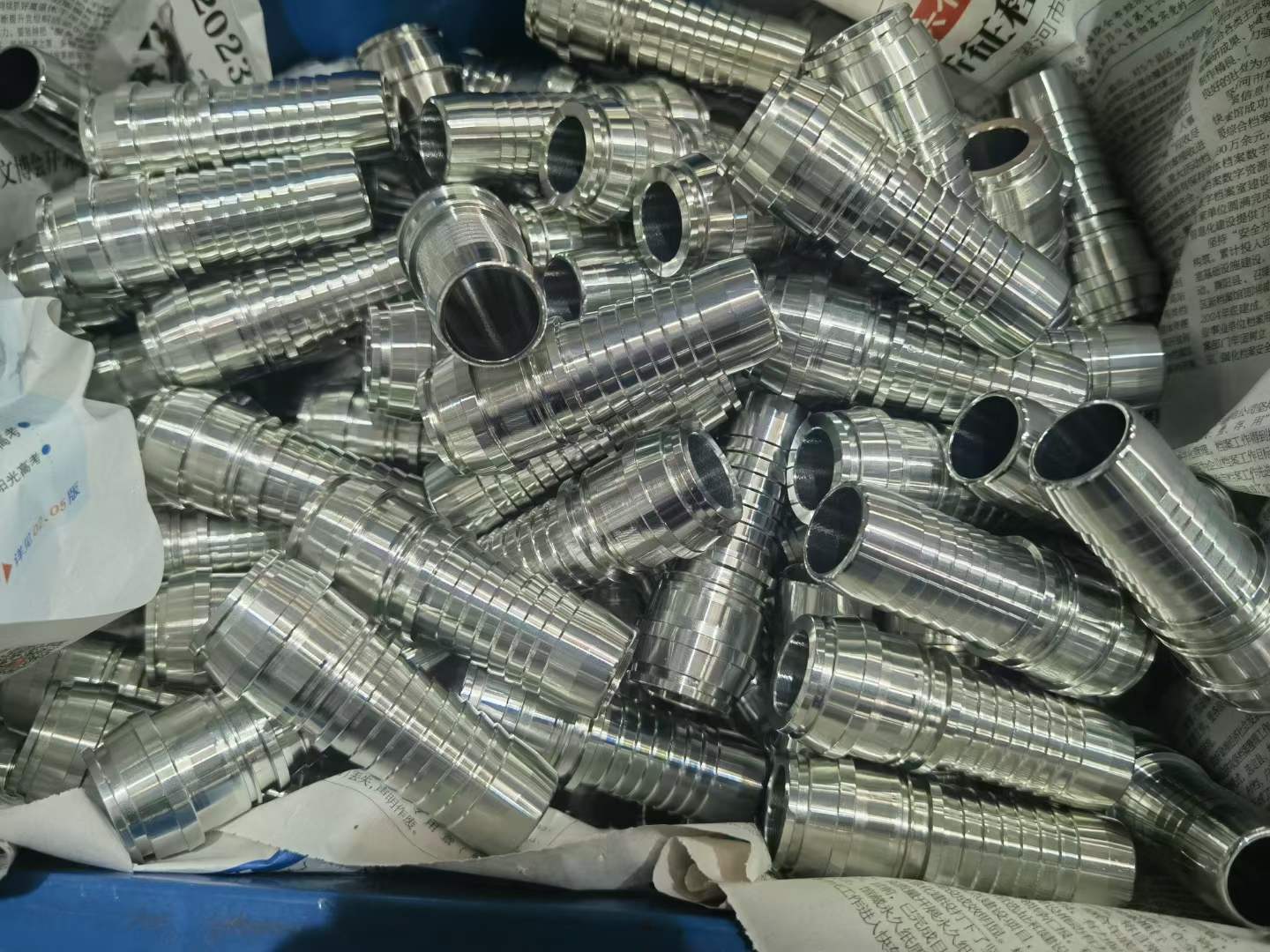Hydraulic Fittings
2023-07-05 10:56:02
Hydraulic fittings are the parts that connect hoses and pipes in hydraulic systems. They typically adhere to strict standards that dictate fitting construction, dimensions, and pressure ratings. Adequate strength and corrosion resistance are critical material characteristics.
Select the proper fitting for your application. Lubricate the hose and cut it to the desired length, then insert it into the fitting. Finish by crimping the hose and cleaning the assembly.
Metal
Stainless steel hydraulic fittings are used to connect hoses to pumps, valves, and cylinders. They can withstand high temperatures and pressures, making them ideal for use in industrial applications.
They are also designed to resist corrosion and oxidation. This makes them suitable for a wide range of industries, including electrical heating, chemicals, oil and gas transportation, and shipbuilding.
Reusable hydraulic hose fittings are easy to assemble and can be tightened using a wrench. They are often used to repair damaged hoses and help reduce downtime. They come in a variety of sizes and materials. Some are one-piece, while others have a ferrule that is pre-crimped onto the fitting. These fittings are less expensive than hose tails and can be used on many types of hoses.
Plastic
Choosing the right hydraulic fittings is crucial for a safe and efficient system. There are many factors to consider when selecting the correct hydraulic fittings, including their material and size. The best hydraulic fittings are made from stainless steel, which is highly durable and able to withstand high pressure.
Carbon steel is also an excellent material for hydraulic fittings, especially with a zinc coating. It resists corrosion well and can handle higher temperatures than other materials. The downside of carbon steel is that it is brittle and can fail in high-pressure applications.
Brass hydraulic fittings can withstand moderate temperature and pressure levels, but not as much as stainless steel. These fittings are also inexpensive, making them a good choice for low-cost hydraulic systems. Brass hydraulic fittings can tarnish with use, but this does not affect their durability or performance.
One-Piece
One-piece hydraulic fittings are ideal for basic applications. They have a hose collar pre-snapped onto the hose fitting, reducing the risk of misalignment and improving the quality of the connection. They are also suitable for hoses with a variety of pressure ratings.
Two-piece hydraulic fittings are used in critical and high-pressure applications, especially when there is the possibility of extreme hose vibration or pressure surges near the fitting components. These fittings use ferrules to mate with the hose and are available in different versions to match various hose types.
The hose-to-fitting connection is the most stressed area of any hydraulic system. It must withstand thousands of pounds of pressure and millions of cycles of pressure fluctuation. This requires a high-quality fitting and a highly compatible hose. A simple mistake like mating a high-pressure spiral hose with a low-pressure brass fitting can lead to catastrophic failure.
Flange
Flange hydraulic fittings are designed for leak-free connections in high-pressure applications. They feature a flat flange with a semi-circular groove seat for a rubber o-ring that seals the flange halves when tightened. This o-ring design helps to prevent metal-to-metal contact and allows for a wider range of assembly torques than flanges with no o-rings.
These flanges are made from normalized forgings and come in two different materials, steel ST52.3 or stainless steel SS316. They can be used with a variety of connection types, including socket weld, butt weld, BSP thread, and NPT thread.
While these flanges may appear identical or interchangeable, they should not be used together or interconnected due to the different pressure ratings and bolt patterns. Also, the Caterpillar 4-bolt flange has slight dimensional differences that should not be overlooked when choosing an assembly.
Ferrule
A wire ferrule is a small piece of metal that is used to terminate a wire. It is usually made from a variety of metal materials including brass, alloy, and steel. A wire ferrule is a popular item that is often used in a variety of electrical applications. A wire ferrule can help improve the performance of a cable.
Topa hydraulic hose ferrule fitting are components used to mount hydraulic fittings on hoses. They are assembled on a crimping machine to achieve a permanent connection, or tightened for a temporary connection. They are available in a wide variety of sizes and can be found on many different types of hoses.
If you are looking for a quality hydraulic ferrule fittings china manufacturer, you should choose one with extensive experience and excellent customer service. This will ensure that you get the best products and fast delivery.